The world is in urgent need of a vaccine that protects against all coronaviruses, even those we’ve not met yet, warn scientists, as plans for human trials of potential candidates ramp up.
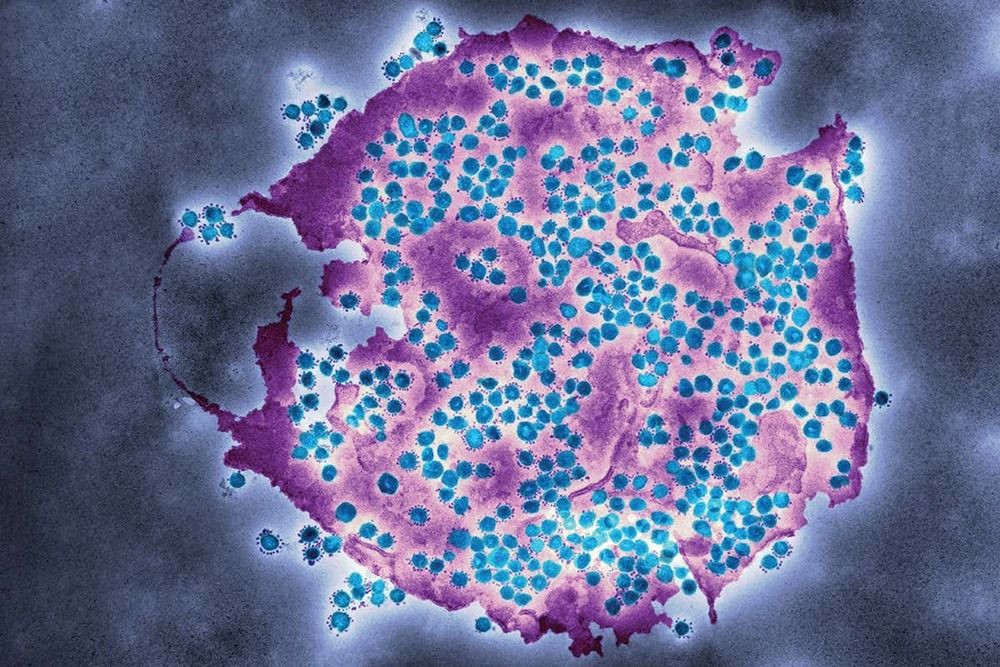


Pulsechain has raised $25000, 000 for antiaging medical research after 5 days of a 14 day fundraiser. You must follow the SENS.org PulseChain instructions. Sacrifices to SENS.org during the sacrifice phase earn 25% less points compared to sacrifices at Pulse.info. SENS.org can also accept stocks and bank wires. Once the sacrifice phase is over, the total sacrifice points for each sacrificer’s address’s points (at the same metamask address) are totaled up across all the supported chains and the SENS.org report. This creates a list of sacrificers ranked by total points from largest to smallest.
SENS Research Foundation has been working to develop, promote, and ensure widespread access to therapies that cure and prevent the diseases and disabilities of aging by comprehensively repairing the damage that builds up in our bodies over time. SENS is redefining the way the world researches and treats age-related ill health, while inspiring the next generation of biomedical scientists. Aubrey dr Grey and SENS have been the leading proponents of repairing aging damage to reverse aging effects. They have been leading the research effort for aging damage repair for over 20 years.
The Crypto world has been very supportive of SENS and antiaging research. In 2018, SENS received a $2.4 million Ethereum donation from Vitalik Buterin, the co-founder of Ethereum and the co-founder of Bitcoin Magazine.
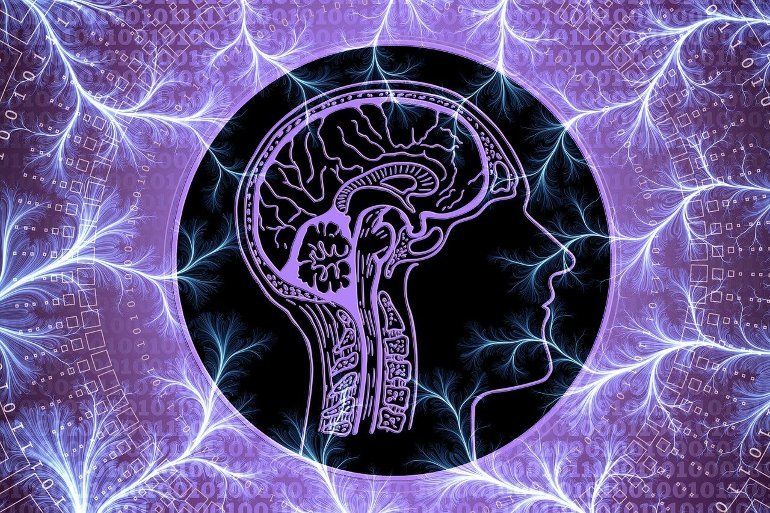
Summary: Newly synthesized compounds can halt the degradation of neurons in a range of neurodegenerative diseases, including Alzheimer’s and Parkinson’s disease, researchers say.
Source: Ural Federal University
Russian scientists have synthesized chemical compounds that can stop the degeneration of neurons in Alzheimer’s, Parkinson’s, and other severe brain pathologies. These substances can provide a breakthrough in the treatment of neurodegenerative pathologies.
New molecules of pyrrolyl-and indolylazine classes activate intracellular mechanisms to combat one of the main causes of “aged” brain diseases – an excess of so-called amyloid structures that accumulate in the human brain with age.

“In this study, for the first time, we see evidence that events which were always assumed to be occurring in the same manner, regardless of sex, may actually be completely different in males compared to females. The fact that these differences involve astrocytes, which have traditionally been ignored in neuroscience but have recently become a hot topic for study, makes them all the more intriguing.”
Summary: Thrombospondin-2, a protein with cell adhesion properties usually secreted by astrocytes, prompted a strong increase in synapses in male-derived neurons but showed no effect in females.
Source: Marshall University
During development, brain cells may find different ways to connect with each other based on sex, according to researchers at the Marshall University Joan C. Edwards School of Medicine.
The study, recently published in eNeuro, showed a significantly more robust synaptogenic response in male-derived cells compared to female-derived cells when exposed to factors secreted from astrocytes, which are non-neuronal cells found throughout the central nervous system.
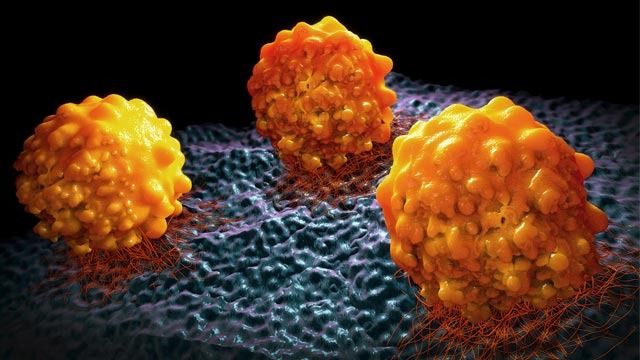
All cancers fall into just two categories, according to new research from scientists at Sinai Health, in findings that could provide a new strategy for treating the most aggressive and untreatable forms of the disease.
In new research out this month in Cancer Cell, scientists at the Lunenfeld-Tanenbaum Research Institute (LTRI), part of Sinai Health, divide all cancers into two groups, based on the presence or absence of a protein called the Yes-associated protein, or YAP.
Rod Bremner, senior scientist at the LTRI, said they have determined that all cancers are present with YAP either on or off, and each classification exhibits different drug sensitivities or resistance. YAP plays an important role in the formation of malignant tumours because it is an important regulator and effector of the Hippo signaling pathway.
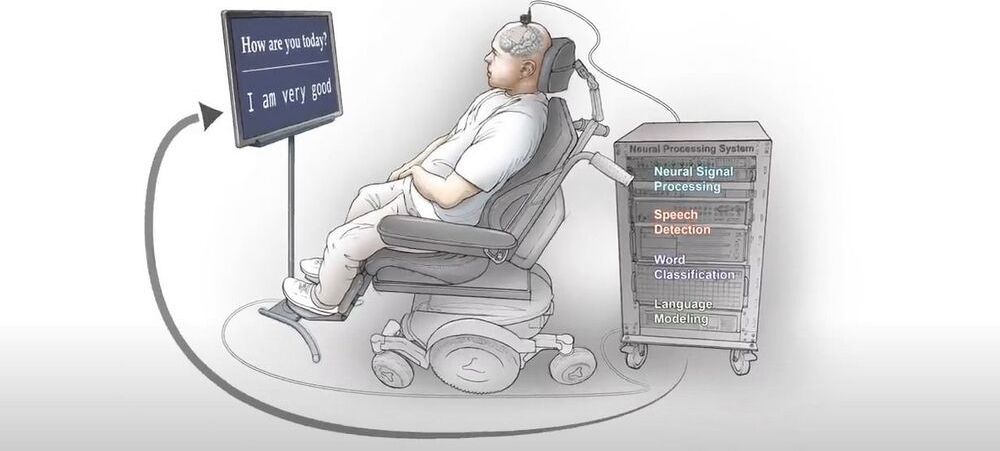
New research out of the University of California, San Francisco has given a paralyzed man the ability to communicate by translating his brain signals into computer generated writing. The study, published in The New England Journal of Medicine, marks a significant milestone toward restoring communication for people who have lost the ability to speak.
“To our knowledge, this is the first successful demonstration of direct decoding of full words from the brain activity of someone who is paralyzed and cannot speak,” senior author and the Joan and Sanford Weill Chair of Neurological Surgery at UCSF, Edward Chang said in a press release. “It shows strong promise to restore communication by tapping into the brain’s natural speech machinery.”
Some with speech limitations use assistive devices–such as touchscreens, keyboards, or speech-generating computers to communicate. However, every year thousands lose their speech ability from paralysis or brain damage, leaving them unable to use assistive technologies.
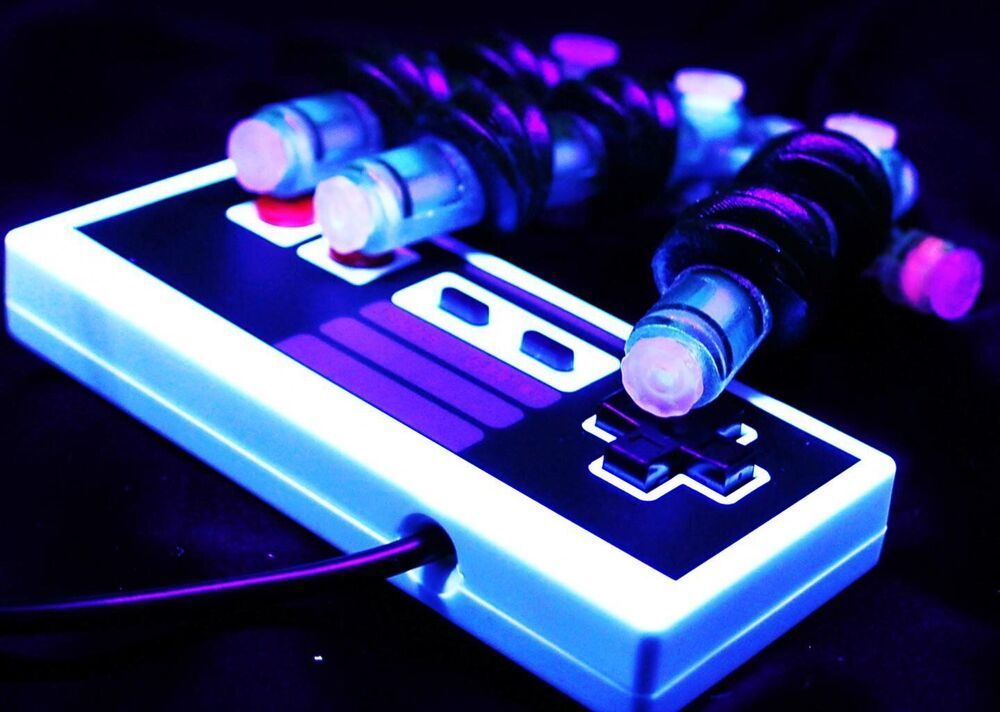
A team of researchers from the University of Maryland has 3D printed a soft robotic hand that is agile enough to play Nintendo’s Super Mario Bros. — and win!
The feat, highlighted on the front cover of the latest issue of Science Advances, demonstrates a promising innovation in the field of soft robotics, which centers on creating new types of flexible, inflatable robots that are powered using water or air rather than electricity. The inherent safety and adaptability of soft robots has sparked interest in their use for applications like prosthetics and biomedical devices. Unfortunately, controlling the fluids that make these soft robots bend and move has been especially difficult—until now.
The key breakthrough by the team, led by University of Maryland assistant professor of mechanical engineering Ryan D. Sochol, was the ability to 3D print fully assembled soft robots with integrated fluidic circuits in a single step.

Mysterious strands of DNA that seemingly assimilate genes from many different organisms in their surrounding environment have been discovered in a Californian backyard.
Scientists have named these elements “Borgs”, and their discovery could help us not just understand the evolution of microorganisms, but their interactions within their ecosystems, and their role in the broader environment.
According to geomicrobiologist Jill Banfield from the University of California, Berkeley, Borgs could make for a tremendously significant discovery.
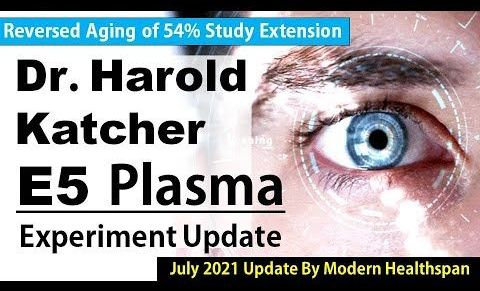
Encouraging Mid Trial data update! Great to know Dr. Katcher is applying for IRB approval for their human clinical trial for E5.
In this video we provide an update on Dr. Katcher’s experiment where he is treating rats with E5 (formerly called Elixer) on a regular schedule to see how long they will live for. Dr Katcher’s team have kindly provided some intermediate updates that we share in the video.
0:00 — 00:50 Introduction.
00:51 — 04:02 Project Background/Overview.
04:03 — Project Update.
Papers referred to in this newsletter.
The original study is documented here:
Reversing age: dual species measurement of epigenetic age with a single clock.
https://www.biorxiv.org/content/10.1101/2020.05.07.082917v1
********************************************
~ NEW ~
Alive By Science — All products automatic 10% Discount Link — https://tinyurl.com/w8mk2zc.
Health claims Disclosure: Information provided on this video is not a substitute for direct, individual medical treatment or advice. Please consult with your doctor first. Products or services mentioned in this video are not a recommendation.
Disclosure: Some of the links provided are affiliate links. Although we may receive a small commission from the affiliate, the cost of the product for you will always be the same, or often discounted. Thank you for supporting our channel.
********************************************
Our Supplement list.
Pro Powder (15 Grams) – ProHealth https://amzn.to/3r4jpjT
NMN Pro 300 Enhanced Absorption Capsule – ProHealth https://amzn.to/38W2hGR
NMN Lozenges 250mg — X 4 ProHealth https://amzn.to/2ycVfhE
100% Trans-Resveratrol 1000 mg ProHealth https://amzn.to/2yeBM04
Alpha Lipoic Acid 600 mg — Doctor’s Best https://tinyurl.com/yb68chzo.
Vitamin C 1g – California Gold Nutrition https://iherb.co/tjmJCSKv.
D3/K2 – Thorne — https://iherb.co/GYkP4T5b.
Krill Oil – EPA/DHA – Bullet Proof Krill Oil — https://amzn.to/314600B
TMG Powder https://amzn.to/3hhtiGB
Celery Seed, 505 mg, 100 VegCaps https://iherb.co/BvKGp8p2
Folate and Vit B12 https://amzn.to/2X9SiXX
CoQ10 — Ubiquinol — https://amzn.to/2JDxJjN
Acacia fibre — https://amzn.to/2X2yzJN
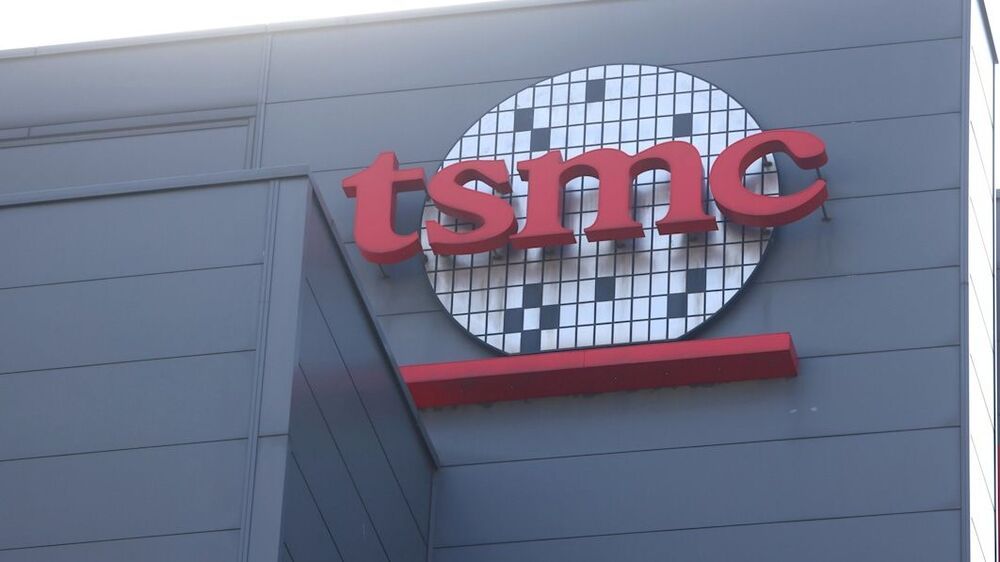
TAIPEI —Taiwan Semiconductor Manufacturing Co Ltd (TSMC) signalled on Thursday plans to build new factories in the United States and Japan, riding on a pandemic-led surge in demand for chips that power smartphones, laptops and cars.
TSMC, which posted record quarterly sales and forecast higher revenue for the current quarter, said it will expand production capacity in China and does not rule out the possibility of a “second phase” expansion at its $12 billion factory in Arizona.
The world’s largest contract chipmaker and a major Apple supplier also said it is currently reviewing a plan to set up a speciality technology wafer fabrication plant, or fab, in Japan.